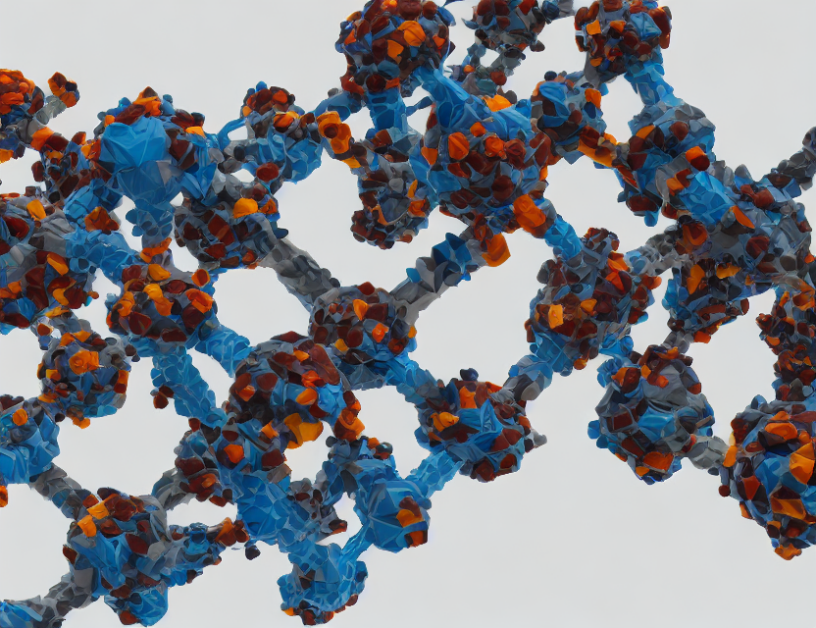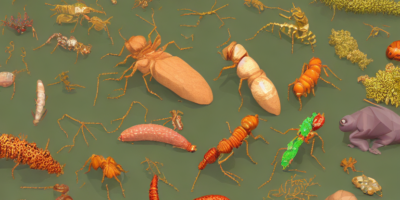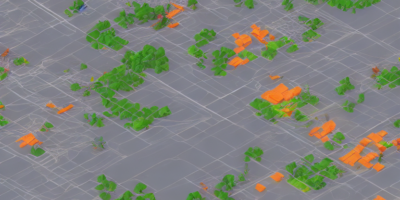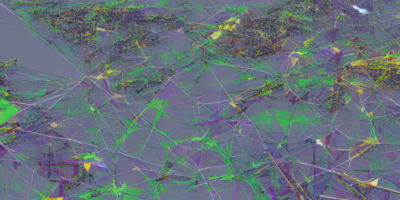In this article, we explore the use of deep learning models for generating drug-like molecules. The authors present an approach that leverages the power of latent space optimization to create new molecular structures that are likely to be effective in drug discovery. By training two Variational Autoencoders (VAEs) as prior generators and using a predictive model to map latent vectors to docking scores, the proposed method enables the generation of novel compounds with desired properties.
To evaluate the quality of the generated molecules, the authors use a combination of metrics, including validity, uniqueness, and novelty, as well as drug-likeness measures such as quantitative estimate of drug-likeness (QED) or synthetic accessibility (SA). The authors also suggest that their approach can be extended to optimize docking scores, making it possible to identify compounds with high affinity for the target protein.
The authors note that autoregressive models are widely used generative models in computer-aided drug design (CADD), and their approach can be seen as an extension of these models. In each step of the generation process, the model selects the most promising modifications by using an oracle or predictive model. Alternatively, the model can be trained in a supervised manner by reconstructing the molecules in the input dataset.
In summary, this article provides a novel approach to generating drug-like molecules using deep learning models. By leveraging the power of latent space optimization and combining it with predictive modeling, the proposed method has the potential to accelerate drug discovery by identifying promising leads more quickly and efficiently than traditional methods.
Biomolecules, Quantitative Biology
Unlocking Molecular Design through Docking-Based Generative Models



